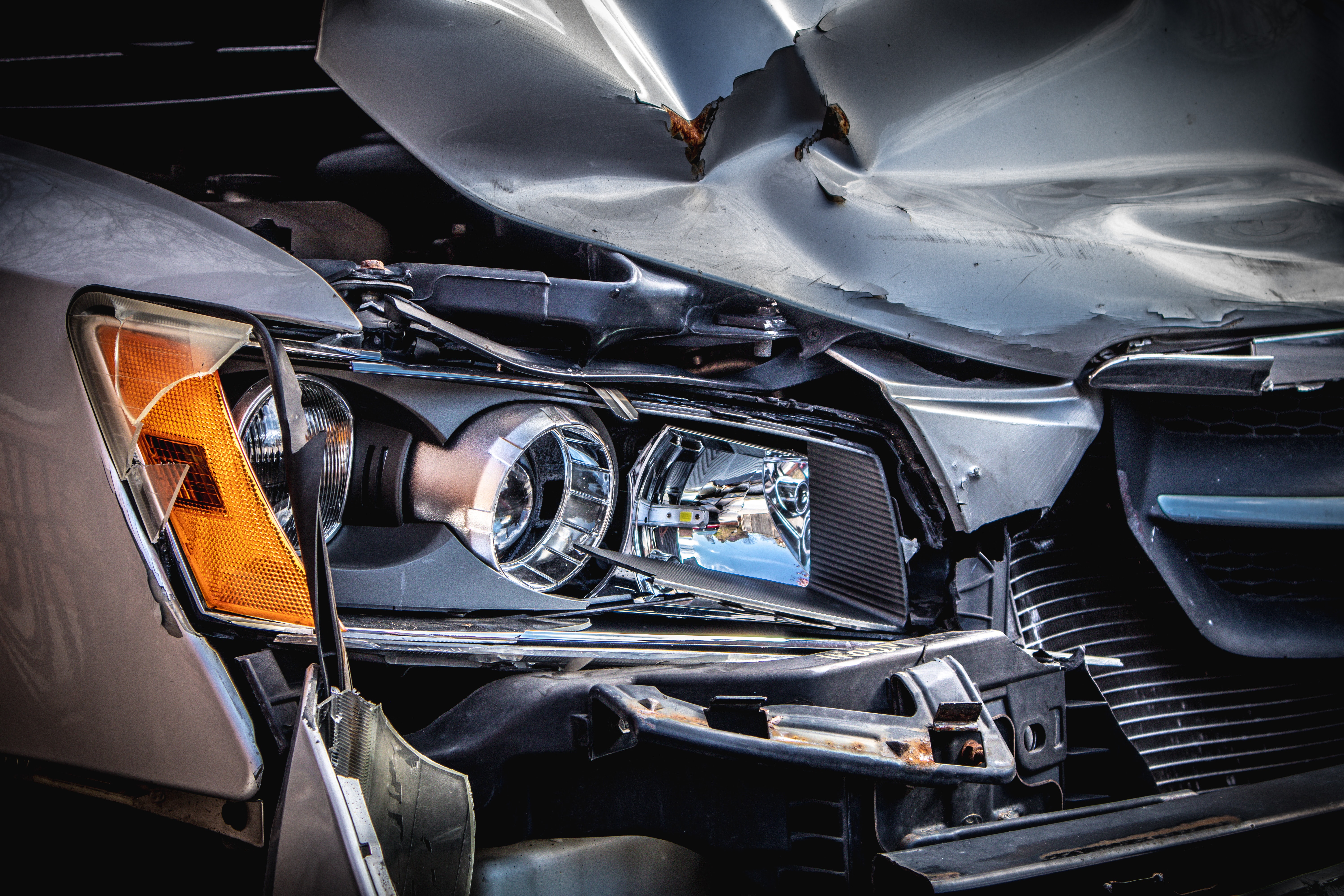Industry News
"Crashbox" from Mexico Originates in China for Section 301
TweetJul. 26, 2022
By:
Lawrence M. Friedman
Crashbox from Mexico Originates in China for Section 301
Customs & Border Protection issued NY N326448 on June 30, 2022, in which it considered an "absorber crashbox" from Mexico. The item is part of a passenger car designed to absorb kinetic energy in the event of an impact. The crashbox is assembled in Mexico from profiles imported from China. The manufacturer is Waldasschaff Automotive Mexico S de R.L. de C.V. (WAM). WAM imported the crashbox both as an aftermarket part and as a production part.

On the classification, without much analysis, CBP concluded that the crashbox is part of a bumper and classified it in 8708.10.6050.
For USMCA qualification, the relevant rule of origin requires:
(A) A change to subheading 8708.10 from any other heading; or
(B) A change to subheading 8708.10 from subheading 8708.99, whether or not there is also a change from any other heading, provided there is a regional value content of not less than 70 percent under the net cost method.
WAM asserted that the crashboxes qualify based on a tariff shift from Heading 7616 to the finished item, which seems entirely reasonable. However, the underscore in the rule of origin as published in HTSUS Note 11 indicates that the "automotive appendix" applies to this tariff item. Looking to the appendix, CBP found that the Regulations include bumper parts on Table B as "Principal Parts for Passenger Vehicles and Light Trucks."
The auto appendix states that:
Notwithstanding Article 2 (Product-Specific Rules of Origin for Vehicles) and the Product-Specific Rules of Origin in Annex 4-B, each Party shall provide that the regional value content requirement for a part listed in Table B of this Appendix that is for use in a passenger vehicle or light truck is:
(c) 67.5 percent under the net cost method or 77.5 percent under the transaction value method, if the corresponding rule includes a transaction value method, beginning on January 1, 2022 or two years after the date of entry into force of this Agreement, whichever is later....
However, and this is the part that is not obvious, Customs noted that the Regulations distinguish between production parts and aftermarket parts. When the bumper part is an aftermarket item, the auto appendix does not apply and the "product specific rule of origin" applies without the elevated regional value content contained in the auto appendix. That additional requirement is, however, applicable to production parts. This follows entirely from a Note to Table B and is stated in the body of the Regulations.
The Note provides:
The Regional Value Content requirements set out in section 13 or 14 or Schedule I (PSRO Annex) apply to a good for use as original equipment in the production of a passenger vehicle or light truck.
For an aftermarket part, the applicable product-specific rule of origin set out in section 13 or 14 or Schedule I (PSRO Annex) is the alternative that includes the phrase “for any other good.”
A question had been raised of whether the Note should be read to mean that the elevated automotive RVC requirement is applicable to production parts even in cases where the tariff shift rule has been met. Without addressing that question specifically, CBP held that WAM had submitted evidence showing that the tariff shift rule has been met for both the production and the aftermarket parts. No additional RVC was required to certify the parts as originating.
For marking purposes, CBP followed its policy of continuing to apply the NAFTA Marking Rules to products of USMCA countries. Following those rules, the tariff shift was sufficient to qualify these items as products of Mexico for marking purposes.
That leaves the question of whether the crashboxes might somehow still be products of Mexico for purposes of the Section 301 duties. The test for that is "substantial transformation," which asks whether production in Mexico changes the Chinese profiles into a new and different article of commerce having a different name, character, and use. Customs' current approach to this test is to compare the imported parts before and after assembly rather than to compare the imported parts to the finished crashbox. Under this approach CBP concluded:
According to the information supplied, none of the components from China undergo any substantial processing. The end-use of all components from China is pre-determined at the time of importation to Mexico. The assembly of the components into the Absorber Crashbox appears to be a minor one, and therefore, does not meet the substantial transformation requirements. As a result, it is the opinion of this office that no substantial transformation occurs in Mexico. Therefore, the country of origin of the Absorber Crashbox will be China for purposes of applying trade remedies under Section 301, of the Trade Act of 1974, as amended.
The result is that the crashbox is free of regular duties because it is a product of Mexico and can be marked "Product of Mexico." But, it is also true that the crashbox must be entered subject to Section 301 duties applicable to products from China. Customs has stated that it is planning a Notice of Proposed Rule Making to reconcile these rules. Also, we expect the Court of International Trade to address the correct application of the "substantial transformation" test following a trial scheduled for October.
